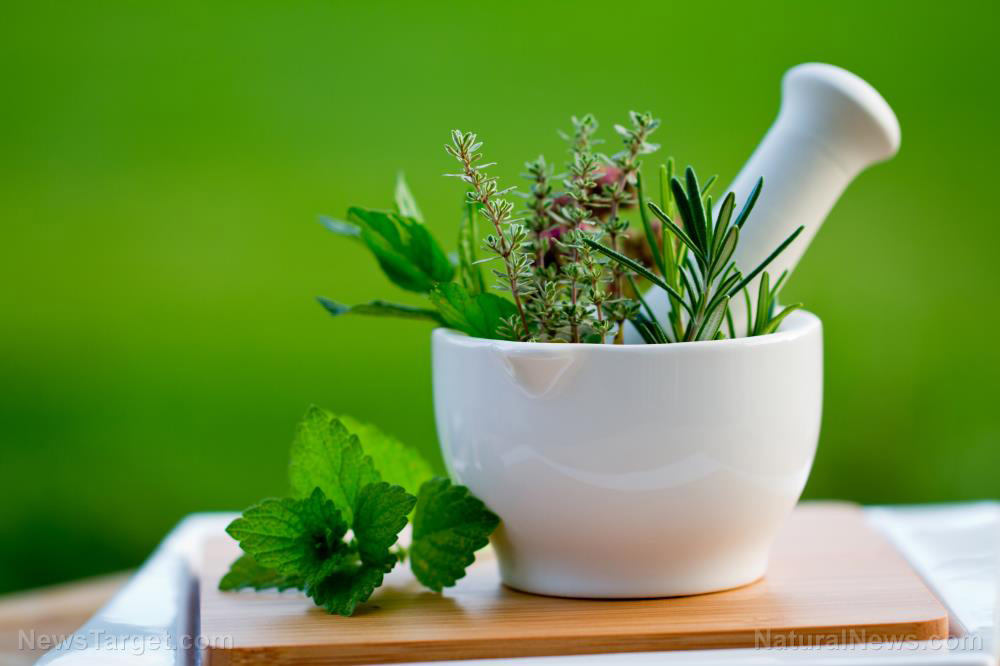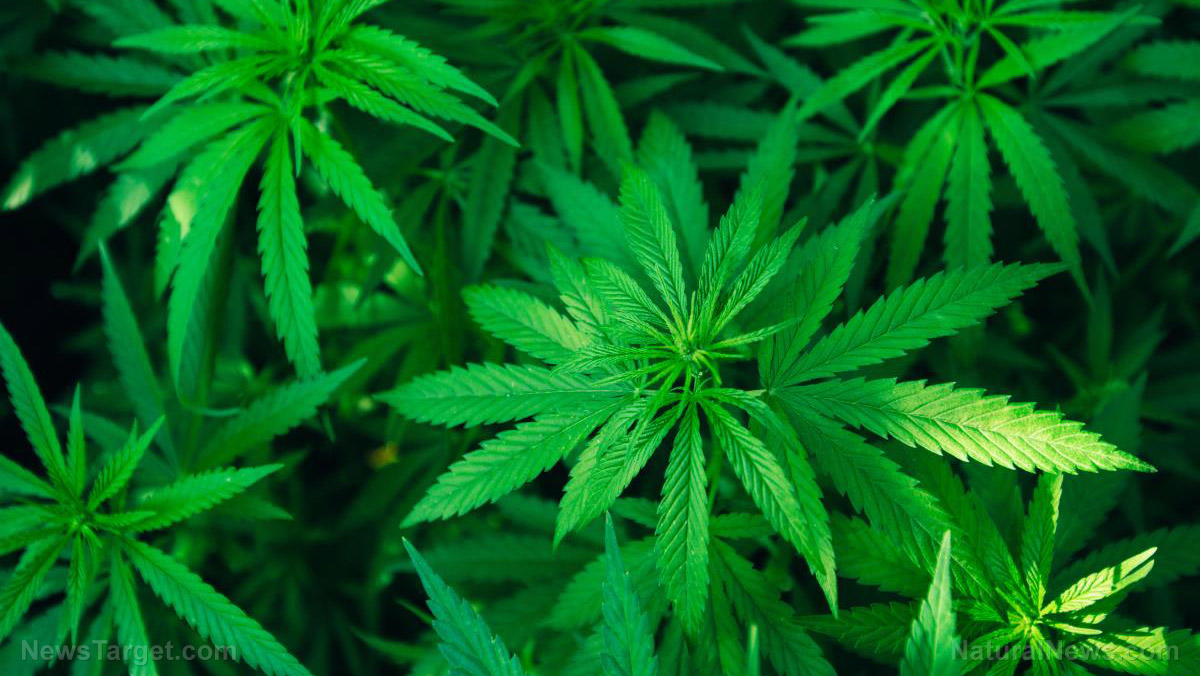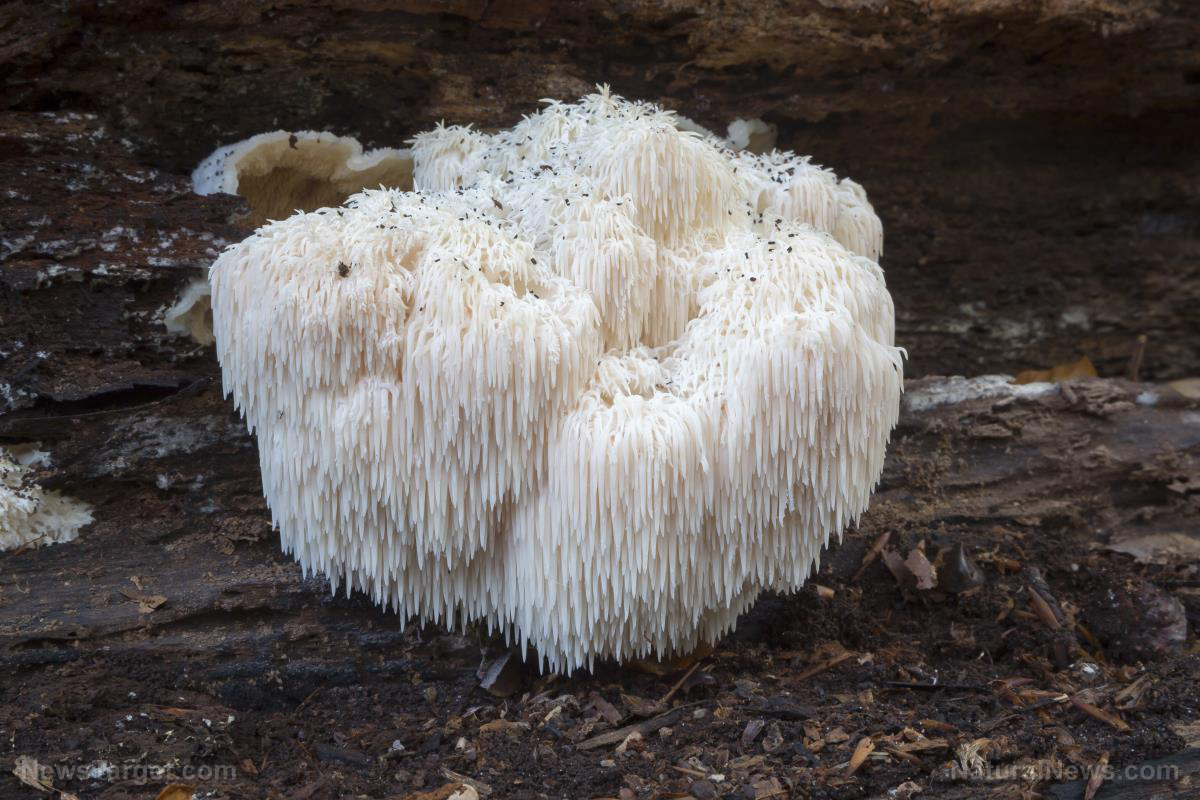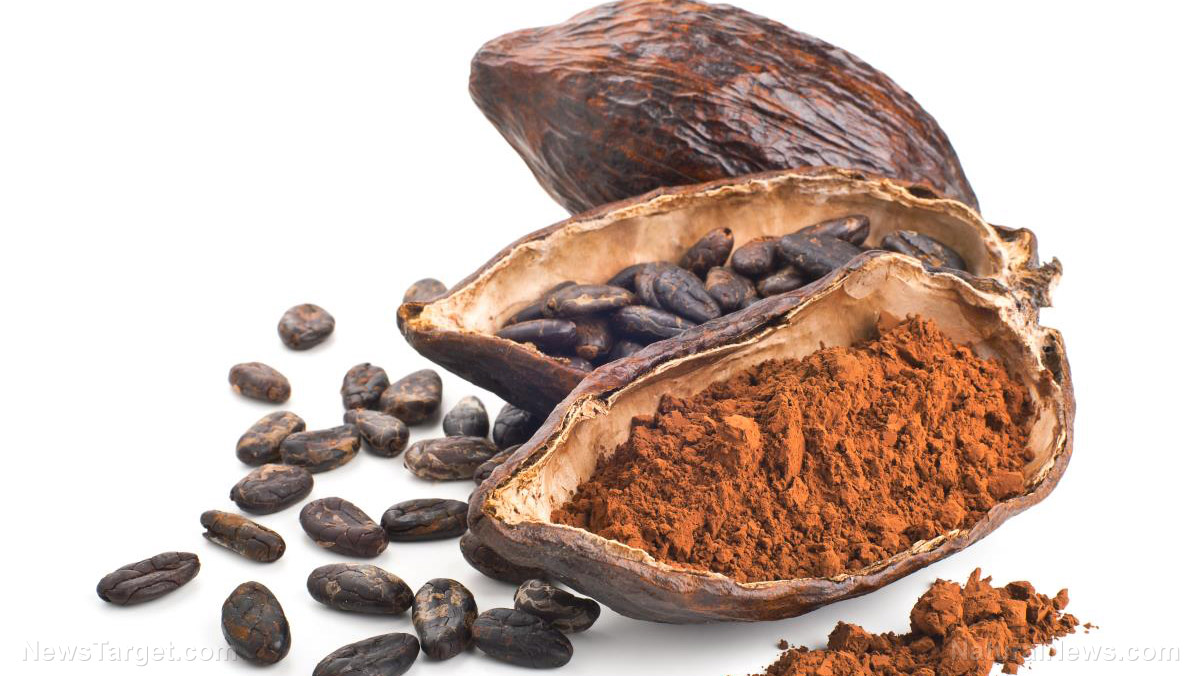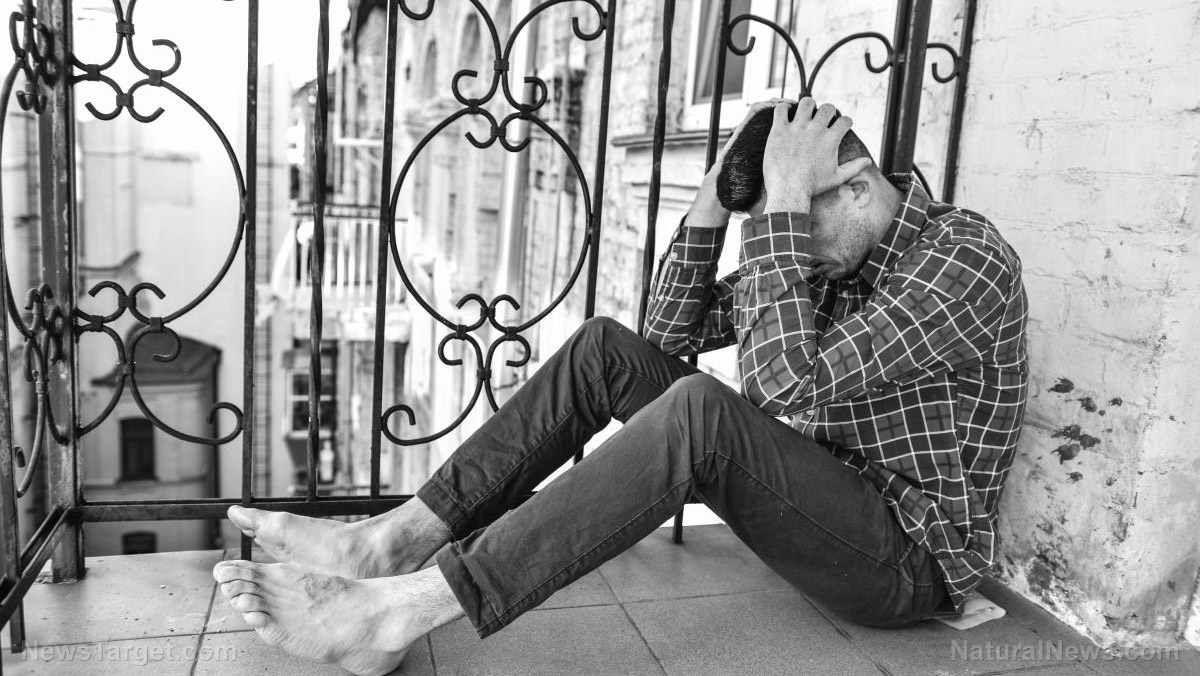Korean researchers find that moxa can effectively treat overactive bladder
09/19/2019 / By Evangelyn Rodriguez
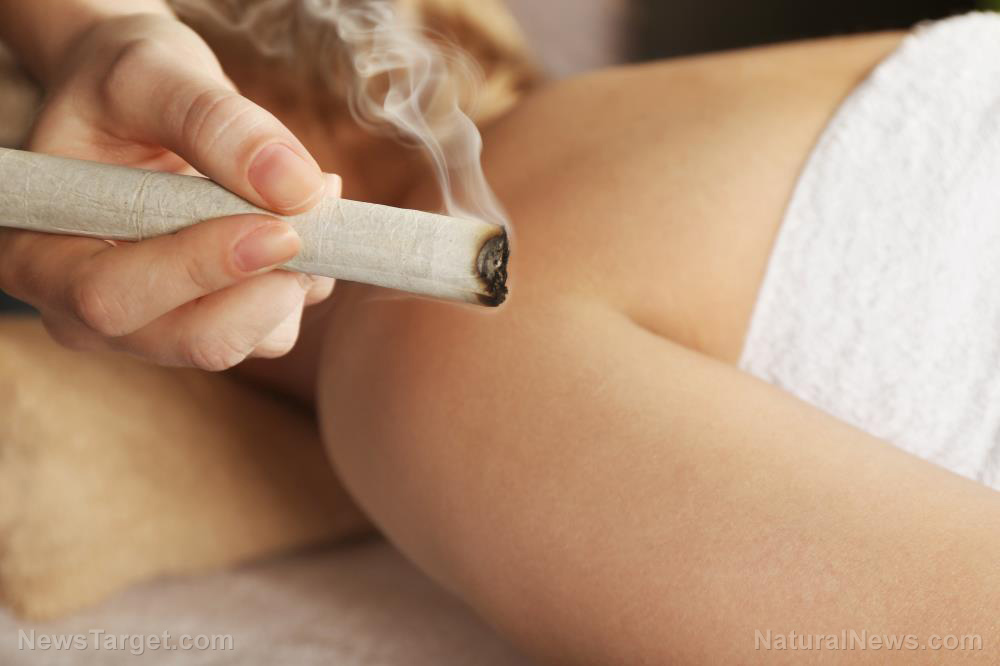
Moxibustion is an age-old external treatment used in traditional Chinese medicine. It involves the burning of dried herbs like mugwort or wormwood on top of an acupuncture needle or over a layer of ginger or salt placed on the skin. Based on a bibliometric analysis on studies conducted from 1954 to 2007 in China, this alternative therapy can treat 364 different kinds of ailments, including various lower urinary tract symptoms. In a recent study published in the journal Medicine, researchers from Pusan National University in South Korea explored the efficacy and safety of moxibustion in treating overactive bladder (OAB). OAB is a group of urinary symptoms characterized by incontinence in the absence of urinary tract infection. The researchers reported that moxibustion can improve the symptoms of OAB and that its effects last for more than four weeks.
Moxibustion can be used to alleviate symptoms of OAB
According to traditional Chinese medicine (TCM) practitioners, moxibustion is effective for tonification –the act of nourishing and replenishing the qi — and purgation (cleansing). The effects of moxibustion are more inclined toward warming and nourishing; hence, it is often prescribed as a treatment for cold deficiency syndrome. Old TCM theories suggest that the ability of moxibustion to expel cold, promote circulation in the meridians, clear away heat, and detoxify the body is dependent on its efficacy in influencing qi and blood circulation. (Related: Moxibustion found to be a safe alternative treatment for idiopathic pulmonary fibrosis.)
The main type of moxibustion commonly practiced today is indirect moxibustion. This technique can be applied in different ways: by burning moxa – a substance made from dried herbs – on top of an acupuncture needle, applying heat to acupuncture points using an electrical source, or holding a burning moxa directly above the skin for several minutes. The other, less common type of moxibustion is direct moxibustion, which involves placing a burning moxa directly on the skin. This technique is no longer used because it can cause pain and scarring.
For their study, the researchers designed a randomized, controlled, cross-over, assessor-blinded trial that they conducted in the outpatient department of a university hospital. The study lasted for eight weeks and involved 28 participants. The researchers randomly assigned the participants to two groups, group A and group B. The 14 participants in group A underwent eight to 12 sessions of indirect moxibustion with behavioral training during the first four weeks, while the other 14 in group B received only behavioral training. The following month, the researchers reversed the treatment received by the two groups.
To assess outcomes, they used multiple tools, such as the OAB-validated 8-question awareness tool (OAB-V8), OAB symptom scores (OABSS), visual analog scale (VAS) for lower urinary tract symptoms (LUTS), and frequency voiding chart (FVC). They also used effect size – measured as Hedge’s g – to present descriptive results indicating the actual difference between the groups. Both OAB-V8 and OABSS are standardized questionnaires used for the diagnosis and evaluation of the severity of OAB symptoms. While OABSS mainly focuses on the frequency of symptoms, OAB-V8 focuses on the degree of discomfort caused by the symptoms.
The researchers reported noting a clinically significant change in OABSS, OAB-V8, and VAS scores in group A during the first four weeks. The participants’ OABSS scores changed from moderate to mild. The researchers noted a similar result the following month for group B, suggesting that OAB can alleviate the symptoms of OAB. Furthermore, the researchers observed that moxibustion had prolonged effects in group A and that the participants retained the improvements in their OABSS, OAB-V8, and VAS scores over the next four weeks. This suggested that moxibustion also has long-lasting effects.
The researchers asked the participants to record the FVC three days before the start of the trial. During the first week, they observed that moxibustion decreased the NPi – a clinically important indicator for the diagnosis of nocturnal polyuria – in group A while it remained consistent in group B. Moxibustion also decreased the volume and frequency of nocturnal voiding of the participants. These findings demonstrated the potential of moxibustion in reducing nocturia frequency. Nocturia refers to excessive urination at night.
Based on these results, the researchers concluded that moxibustion can be used as a potential treatment for OAB.
Sources include:
Submit a correction >>
Tagged Under:
acupuncture, aging secrets, alternative medicine, alternative therapy, direct moxibustion, frequency of voiding, herbal medicine, Herbs, incontinence, indirect moxibustion, lower urinary tract symptoms, moxa, moxibustion, mugwort, natural cures, natural medicine, nocturia, nocturnal polyuria, nocturnal voiding, OAB, overactive bladder, prevention, purgation, remedies, research, TCM, tonification, traditional Chinese medicine, wormwoord
This article may contain statements that reflect the opinion of the author

RECENT NEWS & ARTICLES
Herbs.News is a fact-based public education website published by Herbs News Features, LLC.
All content copyright © 2018 by Herbs News Features, LLC.
Contact Us with Tips or Corrections
All trademarks, registered trademarks and servicemarks mentioned on this site are the property of their respective owners.





